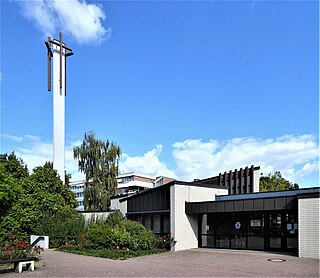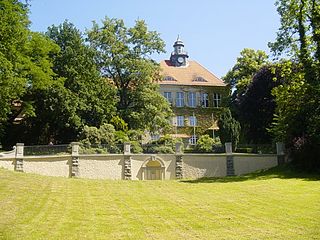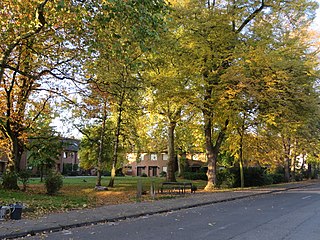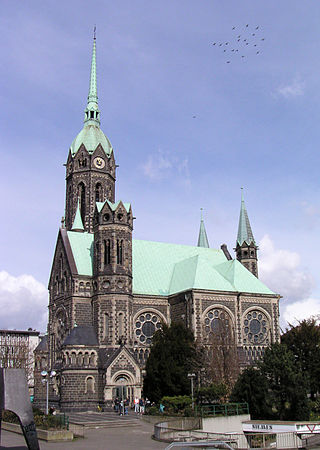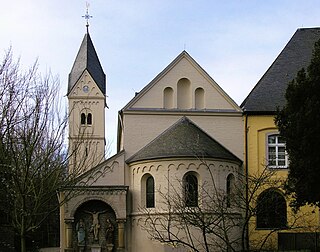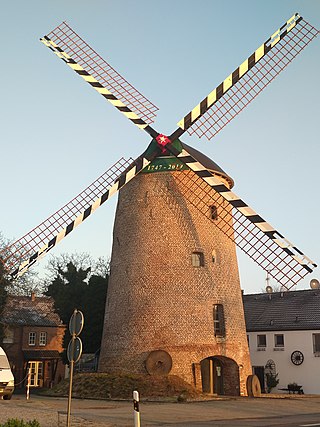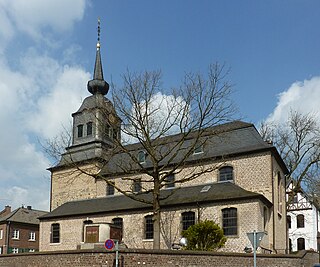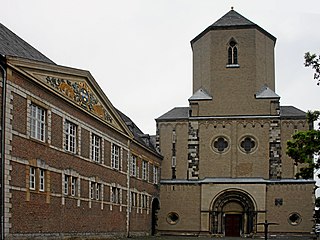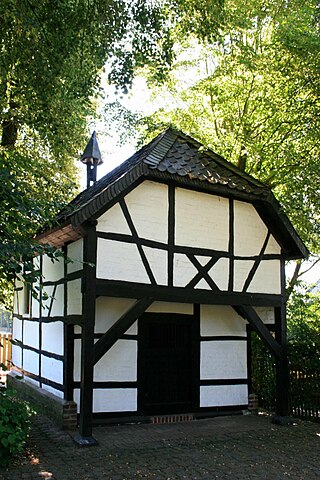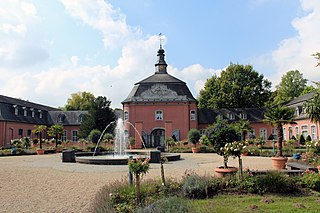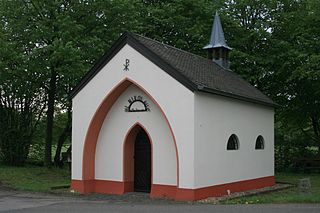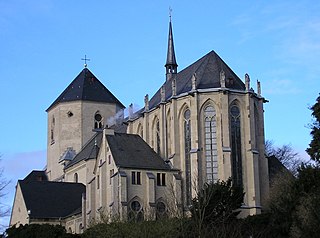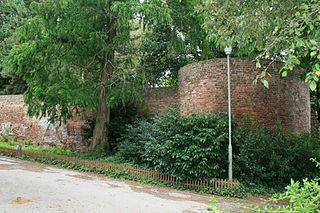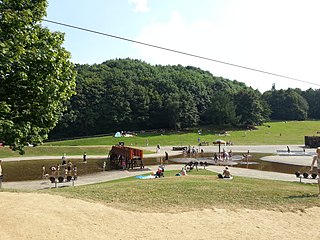26 Sights in Mönchengladbach, Germany (with Map and Images)
Legend
Welcome to your journey through the most beautiful sights in Mönchengladbach, Germany! Whether you want to discover the city's historical treasures or experience its modern highlights, you'll find everything your heart desires here. Be inspired by our selection and plan your unforgettable adventure in Mönchengladbach. Dive into the diversity of this fascinating city and discover everything it has to offer.
Sightseeing Tours in Mönchengladbach1. Martin-Luther-Kirche
The Martin Luther Church is a church building in Rheindahlen, a district of Mönchengladbach in North Rhine-Westphalia. It belongs to the Gladbach-Neuss church district of the Evangelical Church in the Rhineland.
2. Caroline Rose
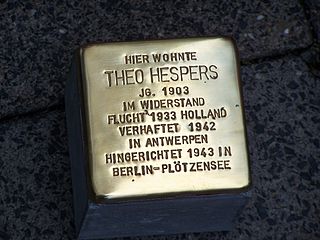
The list of Stolpersteine in Mönchengladbach – Stadtbezirk Nord contains all Stolpersteine that were laid in Mönchengladbach in the northern district as part of the project of the same name. They are intended to commemorate victims of National Socialism who lived and worked here.
Wikipedia: Liste der Stolpersteine in Mönchengladbach – Stadtbezirk Nord (DE), Website
3. A-Bau
The Gymnasium Odenkirchen is a fully developed state grammar school in the Odenkirchen district of the city of Mönchengladbach. It is located in the south of the city and is attended by about 750 students. The school building dates back to the Wilhelmine era.
4. Johanna Heimann
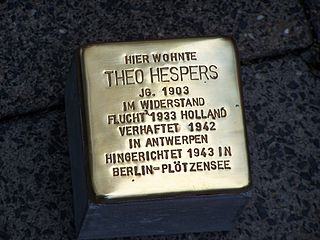
The list of Stolpersteine in Mönchengladbach – Stadtbezirk Süd contains all Stolpersteine that were laid in Mönchengladbach in the southern district as part of the project of the same name by Gunter Demnig. They are intended to commemorate victims of National Socialism who lived and worked here.
Wikipedia: Liste der Stolpersteine in Mönchengladbach – Stadtbezirk Süd (DE), Website
5. Helga-Stöver-Park
The Helga Stöver Park is a park of 0.2 hectares in the city of Mönchengladbach, district of Lürrip, on Neusser Straße. His name is reminiscent of the Mönchengladbach pedagogue Helga Stöver. The history of the park reflects the structural change of the city of Mönchengladbach.
6. Johanna Harf

The list of stumbling stones in Mönchengladbach – Stadtbezirk West contains all stumbling stones that were laid in Mönchengladbach in the district of West as part of the project of the same name by Gunter Demnig. They are intended to commemorate victims of National Socialism who lived and worked here.
Wikipedia: Liste der Stolpersteine in Mönchengladbach – Stadtbezirk West (DE), Website
7. Evangelische Hauptkirche Rheydt
The Evangelical Church of Rheydt is a Protestant church building in Rheydt, a district of Mönchengladbach, Germany. It was built at the beginning of the 20th century as a second place of worship on the same site.
8. Kloster Neuwerk
Neuwerk Abbey is a former Benedictine abbey in the centre of the Neuwerk district of Mönchengladbach. The monastery church is one of the most important architectural monuments and is the second oldest building in the city of Mönchengladbach. Today it serves as a religious church for the Salvatorian Sisters.
9. Schriefersmühle
The Schriefersmühle is a windmill built in 1747 in the Rheindahlen-Land district of Mönchengladbach. It has been registered in the list of monuments of the city of Mönchengladbach since 14 October 1986 under the number Sch 009. It is also the namesake of the Honschaft Schriefersmühle, in which it is located.
10. Evangelische Kirche Wickrathberg
The Wickrathberg Church is a listed Protestant-united church in the Mönchengladbach district of Wickrathberg. The church is considered both the best-preserved church building on the left bank of the Lower Rhine and the oldest church in the Mönchengladbach city area. The church was consecrated to St. Nicholas around the year 1200, reformed in the second half of the 16th century and elevated to the house church of the Counts of Quadt in 1569. After the new construction of Wickrath Castle, the building was renovated in a representative way. The Rococo furnishings from the 1770s are a treasure in the Lower Rhine region because of their completeness. Until the Second World War, the parish was Reformed, but as a result of influx, the confession is now united.
11. Hugo Junkers Hangar
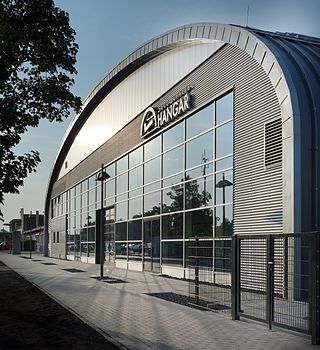
The Hugo Junkers hangar at Mönchengladbach Airport has been home to the airworthy Ju 52 HB-HOY since June 2015. The multifunctional building, which also houses an exhibition on the life and work of Hugo Junkers, also serves as an event hall. The name chosen for the structure is likely to be confused with the steel slat hall developed by Junkers, a patented hall construction system that was also used for hangars.
12. Kaiser-Friedrich-Halle
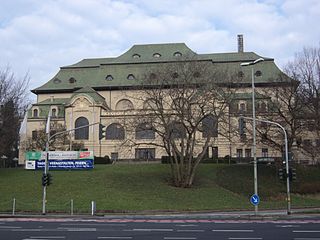
The Kaiser-Friedrich-Halle in Mönchengladbach, Hohenzollernstraße 15, was built in Art Nouveau between 1901 and 1903. Architects were Friedrich Wilhelm Wertz and Paul Huber from Wiesbaden. At that time, private donors brought up 300,000 marks and thus about half of the construction sum. The hall was named after Emperor Friedrich III. (1831–1888), who was emperor for only 99 days.
13. St. Mariä Himmelfahrt
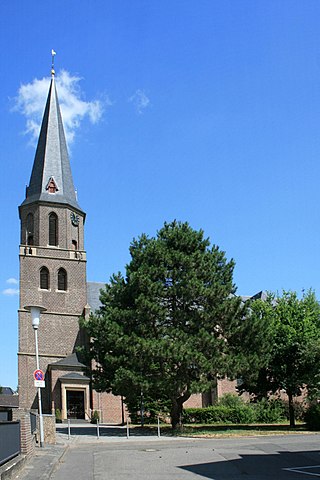
The branch church of St. Mary's Assumption An der Kirche 6 is located in the district of Wanlo in Mönchengladbach (North Rhine-Westphalia). It was built in 1752. The building was entered into the list of monuments of the city of Mönchengladbach under No. A 034 on 30 January 1992.
14. Rathaus Abtei
Gladbach Abbey was a Benedictine abbey founded in 974 by Archbishop Gero of Cologne and the monk Sandrad from Trier. It was named after the Gladbach, a narrow brook that now runs underground. The abbey and its adjoining villages grew into the town of Gladbach, incorporated in the 1360s, the origin of the present city of Mönchengladbach in North Rhine-Westphalia.
15. St.-Sebastian-Kapelle
The St. Sebastian Chapel is located at Broicher Str. 180 in the Rheindahlen district of Broich in the city of Mönchengladbach (North Rhine-Westphalia). It was built in 1754. The chapel was entered in the list of monuments of the city of Mönchengladbach under No. A 045 on 2 June 1987. The nearby bus stop of line 026 "Broich Kapellchen" is named after the chapel.
16. Hehner Grotten
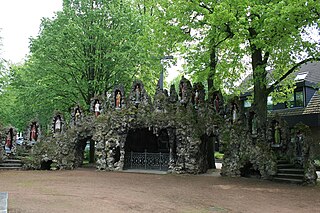
The Hehner Grottoes are located in the Hehn district of Mönchengladbach (North Rhine-Westphalia), Heiligenpesch 81b. They are part of the pilgrimage site of St. Mary's Visitation Hehn-Heiligenpesch, which has been attracting pilgrims since the 16th century. The tuff grotto complex was built between 1894 and 1895. It consists of three grottoes: the Rochus Grotto, the Lourdes Grotto and the Grotto of the 14 Helpers.
17. Hochkreuz Ehrenfriedhof Mönchengladbach
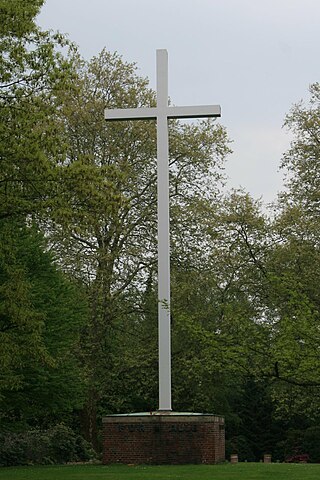
The High Cross Cemetery of Honour is located in Mönchengladbach (North Rhine-Westphalia) on Peter-Nonnenmühlen-Allee at the corner of Stakelberg. The cross, built in 1934, was entered in the list of monuments of the city of Mönchengladbach under the number P 013 on 7 September 1995.
18. Schloss Wickrath
Schloss Wickrath is a moated castle complex in Wickrath. The castle is located on the river Niers. The original castle, the so-called Chateau de Wyckradt, was demolished in 1859 by the Prussian administration. The ensemble of buildings in the park, the baroque west and east wing and the so-called Landstallmeisterhaus, the residence of the former stud master, which was built in 1875, is nowadays called "Schloss Wickrath". It was built between 1746 and 1772 by count Wilhelm Otto Friedrich von Quadt. The park has the shape of a coronet of a count of the Holy Roman Empire. In 2002 the castle was part of Euroga2002.
19. Nikolauskapelle
The St. Nicholas Chapel An der Nikolauskapelle 48 is located in the village of Piperlohof, Hardt district of Mönchengladbach (North Rhine-Westphalia) in the field district. It was built in the first half of the 19th century. The chapel was entered under No. A 041 on 2 June 1987 in the list of monuments of the city of Mönchengladbach.
20. Münsterbasilika St. Vitus
The Basilica of St. Vitus also called Mönchengladbach Basilica Is a Catholic church in Mönchengladbach in Germany. An old Benedictine monastery, Pope Paul VI elevated it in 1973 to the rank of Minor Basilica.
Wikipedia: Basilica of St. Vitus, Mönchengladbach (EN), Website
21. Historische Stadtmauer
Listed remains of the Mönchengladbach city wall are located in the Geropark at the foot of the Abteiberg in the south of the Gladbach district of Mönchengladbach (North Rhine-Westphalia). It was built between 1300 and 1800. The site was entered into the list of monuments of the city of Mönchengladbach under No. A 047 on 26 August 1999.
22. Villa Hecht
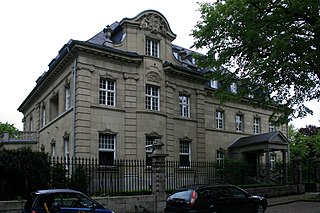
The building at Mozartstraße 19 is a two-storey city villa built between 1914 and 1916 in Mönchengladbach (North Rhine-Westphalia) on the edge of the Bunte Garten. The architect was Robert Neuhaus. The facades are made of tuff.
23. Haus Hellbach

The Jagdhaus Haus Hellbach is located at Antrim-Drive 51 in the district of Hauptquartier, the former NATO headquarters, in Mönchengladbach (North Rhine-Westphalia) in the field district. It was built in 1901. The building was entered in the list of monuments of the city of Mönchengladbach under No. A 042 on 10 January 1996.
24. Webersiedlung
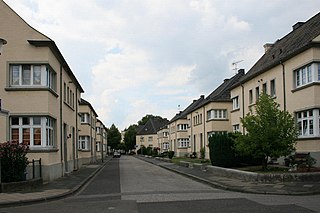
The Engelbleck Weavers' Settlement is located in the Neuwerk-Engelbleck district of Mönchengladbach (North Rhine-Westphalia). These are the areas of Weberstraße, Rauherstraße, Spinnerstraße, Am Tannenbaum and Eupener Straße.
25. Rheydter Höhe
The Rheydter Höhe is a Trümmerberg in the Mönchengladbach district of Pongs in the south of the city. Locally the hill, which is made of rubble, is known as Monte Clamotte or Rheydter Müllberg. The plateau of the small hill is 133 m above NN high, making it the highest point in the borough. Measuring 64 m from foot to summit, it is also the highest Trümmerberg in Germany.
26. Citykirche Sankt Mariä Himmelfahrt
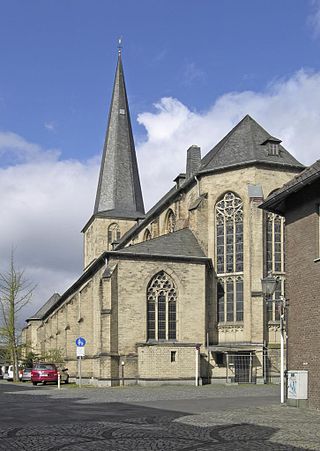
Since 2006, the City Church Oude Markt has been the town and market church of Mönchengladbach, North Rhine-Westphalia, Germany. The function of the church building is to take care of cross-parish tasks with regard to liturgy, spirituality and pastoral care. In addition, many cultural events take place, such as concerts, exhibitions and lectures.
Share
How likely are you to recommend us?
Disclaimer Please be aware of your surroundings and do not enter private property. We are not liable for any damages that occur during the tours.
